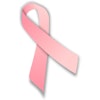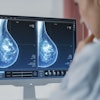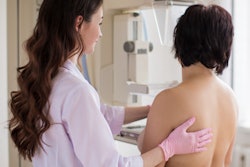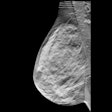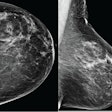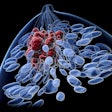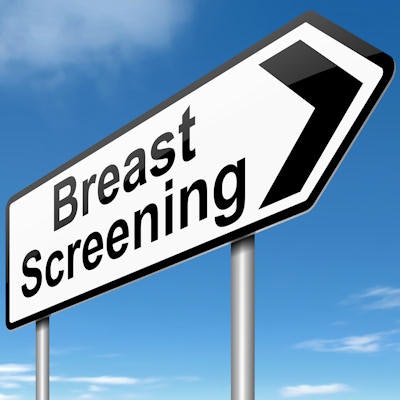
The momentum toward greater use of risk-based breast screening continues to build. The American Society of Breast Surgeons (ASBrS) has released what it says are the first screening mammography guidelines based on a woman's individual breast cancer risk profile, calling for all women to be assessed for risk when they are 25.
In part, the recommendation is the society's attempt to minimize breast cancer disparities across race and ethnicity categories. It differs from guidelines by the U.S. Preventive Services Task Force (USPSTF) and American Cancer Society (ACS), which are designed for women at average breast cancer risk, but the American College of Radiology (ACR) supports it, the ASBrS said.
The ASBrS guidelines recommend that all women be formally assessed for breast cancer risk by the age of 25. Risk assessment includes the following:
- Discussing genetic testing if a woman meets the National Comprehensive Cancer Network (NCCN) guidelines
- Determining if a woman has had a prior history of atypical hyperplasia, lobular carcinoma in situ, or chest or mantle radiation therapy between the ages of 10 and 30
For women 30 years and older, risk assessment should include the above factors, and the women should be evaluated using the current Tyrer-Cuzick model.
Women at average risk should start annual screening at the age of 40, while those with a lifetime risk equal to or higher than 20% should be screened with mammography and supplemental breast MRI starting at age 35. Screening should continue until a woman's life expectancy is 10 years or less, the ASBrS said.
What's more, screening should be conducted with 3D mammography systems.
"Where available, 3D mammography is the preferred sole modality for women with an average risk of breast cancer," the society said. "It is also important to note that most current 3D mammography units result in no greater radiation exposure than traditional 2D units."
Dealing with disparity
The society acknowledges the disadvantages of screening mammography in women between the ages of 40 and 49, such as false negatives, false positives, and overdiagnosis. But despite these potential "harms," the group supports the use of annual screening mammography beginning at age 40 for women at average risk, it said.
Having women start annual screening at 40 is also important for mitigating breast cancer disparities due to racial or ethnic identity, particularly among African American women, who tend to get breast cancer younger and at a more advanced stage.
"Population-based breast cancer mortality rates are higher among African American women, and population-based incidence rates of triple-negative ... breast cancer are twofold higher among African American women," the ASBrS said. "Although the extent to which screening mammography can reverse outcome disparities is unclear, the benefits of early detection through screening for all breast tumor phenotypes (e.g., improved survival, reduced need for adjuvant chemotherapy) are compelling arguments in favor of mammography screening as a valuable weapon in achieving health equity."
Women at higher than average breast cancer risk should have annual 3D screening mammography, as well as access to supplemental imaging with breast MRI. Those with prior breast cancer at less than 50 years of age, or those with dense breasts, should also use this protocol.
The society's breast cancer screening guidelines are based on a model of life years gained, rather than the efficiency statistical model the USPSTF uses, Dr. Julie Margenthaler of the Washington University School of Medicine in St. Louis said in a statement released by the society.
"We believe women should have an opportunity to choose earlier screening if potentially beneficial," Margenthaler said. "Additionally, our understanding of breast cancer risks and risk assessment has advanced. Managing screening based on those risks is an important part of today's personalized medicine. While mammographic screening is not as easy or accurate in younger women, when we find and treat cancer, the benefits in years of life saved are highly significant."

